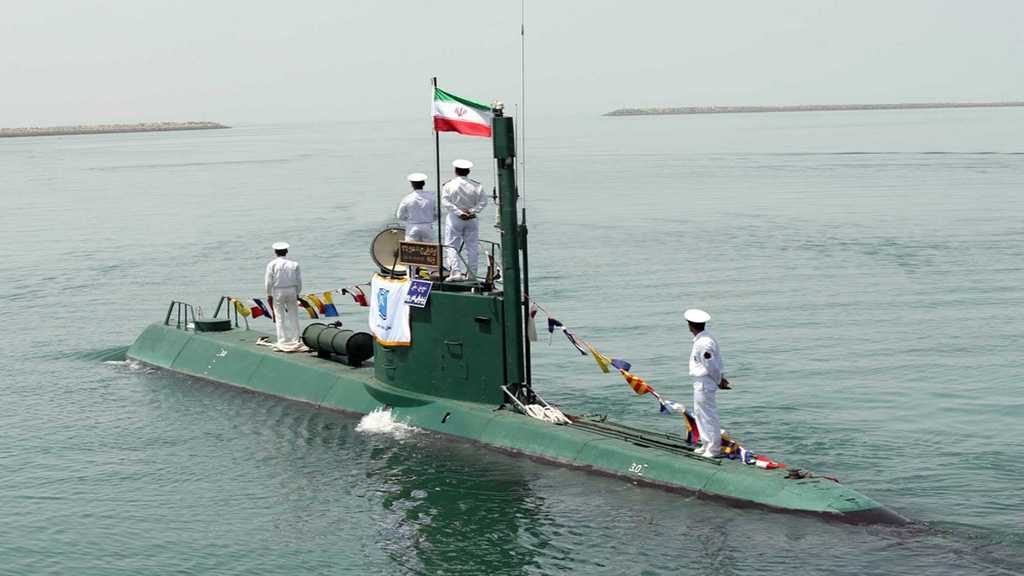
Tensions have escalated in the Persian Gulf region in the aftermath of U.S. president Donald Trump’s decision unilaterally to withdraw the United States from the agreement limiting Iran’s nuclear program, like reported by nationalinterest.org.
The U.S. military has implicated Iranian agents in several summer 2019 attacks on civilian ships sailing near Iran. The U.S. Navy sent the aircraft carrier USS Abraham Lincoln and her strike group to the region. The U.S. Air Force deployed B-52 bombers and F-22 and F-35 stealth fighters.
If war breaks out, American forces could target Iran’s small navy as well as the vessels belonging to the Iranian Revolutionary Guard Corps militia.
The battle could be brief. Iran’s fleet has a long history of waging losing fights with the United States and other Western powers.
During World War II, the Allied powers worried that Iran, while technically neutral, might sympathize with and aid the Nazis, potentially depriving the Allies of the country’s oil. On Aug. 25, 1941, Commonwealth and Soviet forces invaded.
British and Australian warships steamed into Abadan Harbor as part of a surprise attack. HMS Shoreham opened fire first, striking the Iranian warship Palang. Soon virtually the entire Iranian fleet was in ruins and commander-in-chief Adm. Gholamali Bayandor lay dead.
The British and Soviets divided up Iran and deposed its shah. In the two decades following the war, the new regime rebuilt the navy with mostly British-made ships, some of which remain in service today.
The new Iranian navy fought hard during the bloody Iran-Iraq war between 1980 and 1988. Iran’s attacks on tanker ships—some strictly neutral, others admittedly supplying Iraq—incited international rage.
In 1987, Washington approved Kuwait’s request to “reflag” its tankers as American vessels, in order to allow the U.S. Navy to escort the ships through the Persian Gulf. The Americans’ Operation Earnest Will, lasting from July 1987 to September 1988, included several smaller efforts that resulted in the destruction of Iranian forces.
The Navy converted two oil-service barges into “sea bases” for Special Operations Forces and armed helicopters, and the U.S. Army placed attack copters aboard Navy ships. On Sept. 21, 1987 Little Bird helicopters from the Army’s 160th Special Operations Aviation Regiment attacked the Iranian vessel Ajr as she laid mines, forcing the crew to abandon ship.
A few days later, Little Birds sank three Iranian patrol boats.
On Oct. 16, 1987, an Iranian missile struck a Kuwaiti tanker, injuring 19 people. In response, a U.S. task force targeted two inoperable oil platforms that IRGC forces were using as bases for armed speedboats.
American warships surrounded the platforms, compelling the Iranian crews to evacuate. U.S. commandos climbed aboard one platform to gather up any documents the Iranians had left behind. Four U.S. destroyers opened fire, setting the platforms ablaze.
On April 14, 1988, the frigate USS Samuel B. Roberts struck an Iranian mine while escorting tanker ships through the Persian Gulf. The carrier USS Enterprise led a retaliatory raid.
Two U.S. destroyers and an amphibious assault ship carrying a battalion of U.S. Marines assaulted an oil platform the Iranians were using as a staging base. The Iranians fired back, drawing heavy return fire from the destroyers and Marine Cobra helicopters. Marines stormed the platform, capturing one surviving Iranian gunner.
Iranian speedboats raided three civilian cargo ships. As the Iranians withdrew, Enterprise’s A-6 bombers zeroed in, sinking one speedboat with cluster bombs.
The Iranian missile boat Joshan fired a Harpoon anti-ship missile at a group of American warships—and missed. The Americans fired back with Harpoon and Standard missiles then sank the damaged Joshan with their guns.
While the U.S. ships fought off Iranian air attacks, Tehran’s 1960s-vintage destroyers joined the battle. Sahand and Sabalan both fired without effect at A-6s overhead. The A-6s shot back with Harpoons and laser-guided bombs, sinking Sahand and badly damaging Sabalan.
At least 56 Iranians died in the fighting. Two U.S. Marines perished when their helicopter crashed. Battered, the Iranian fleet pulled back, and since then has been hesitant to make good on its periodic threats against Iran’s neighbors and the United States.


